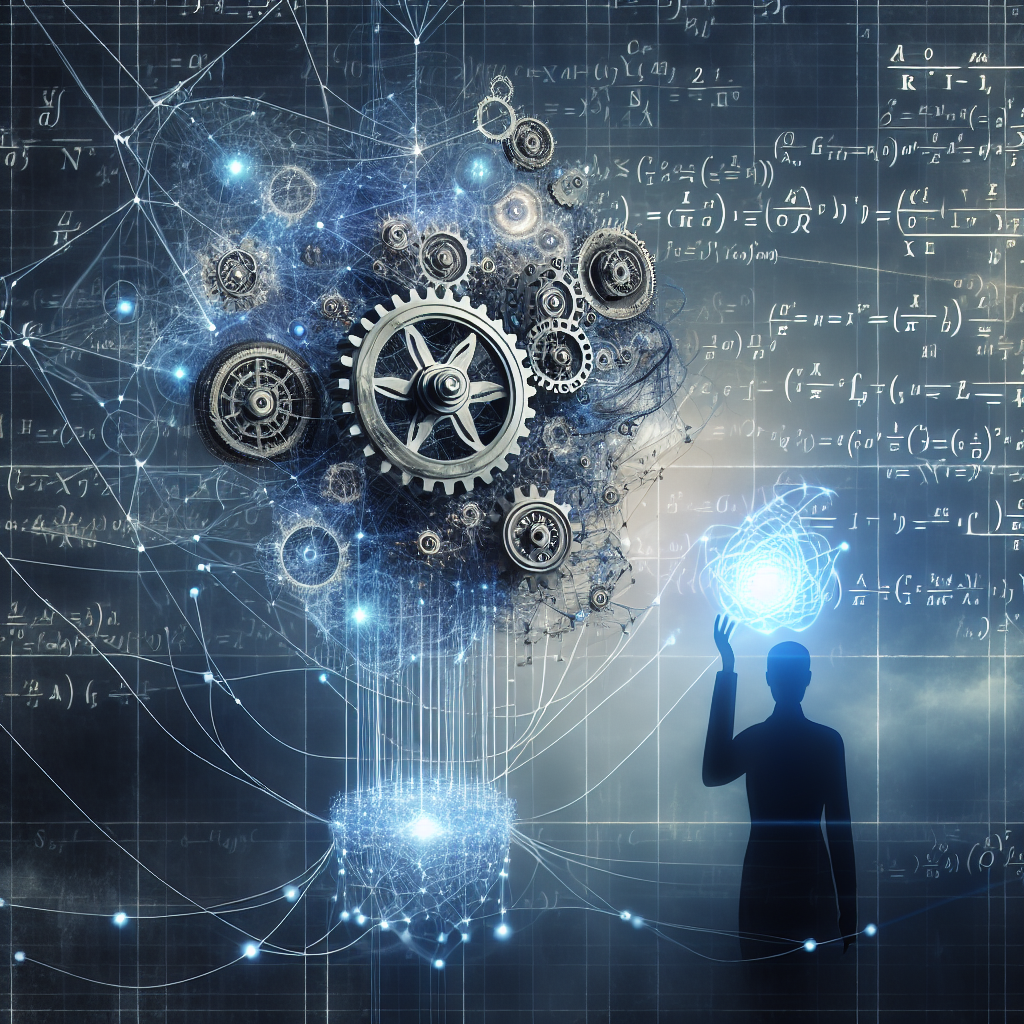Your cart is currently empty!
Mastering the Art of Deep Learning: A Comprehensive Guide to Building Machine Learning Systems

Deep learning has become one of the most exciting and rapidly evolving fields in technology today. With the ability to analyze massive amounts of data and make complex decisions, deep learning has the potential to revolutionize industries ranging from healthcare to finance to transportation. But mastering the art of deep learning can be a daunting task for even the most experienced data scientists.
In this comprehensive guide, we will explore the key concepts and techniques that are essential for building machine learning systems using deep learning. Whether you are a beginner looking to get started in deep learning or an experienced practitioner seeking to deepen your knowledge, this guide will provide you with the tools and resources you need to succeed.
1. Understanding the basics of deep learning
Before diving into the more advanced topics of deep learning, it is important to have a solid understanding of the basics. Deep learning is a subset of machine learning that uses neural networks to learn from data. These neural networks are composed of layers of interconnected nodes that process data and make predictions based on patterns they have learned from training data.
2. Choosing the right tools and frameworks
There are a variety of tools and frameworks available for building deep learning models, each with its strengths and weaknesses. Some popular frameworks include TensorFlow, PyTorch, and Keras. It is important to choose the right tool for your specific needs and goals, as different frameworks have different features and capabilities.
3. Preprocessing and preparing data
Data preprocessing is a crucial step in building machine learning systems. This involves cleaning and transforming raw data into a format that can be used by deep learning models. Common preprocessing techniques include normalization, feature engineering, and data augmentation.
4. Designing and training deep learning models
Designing a deep learning model involves choosing the architecture of the neural network, including the number of layers, the type of activation functions, and the optimization algorithm. Training a deep learning model involves feeding it with training data and adjusting the model’s parameters to minimize the loss function.
5. Evaluating and fine-tuning models
Once a deep learning model has been trained, it is important to evaluate its performance on a separate validation dataset. This involves measuring metrics such as accuracy, precision, and recall. If the model’s performance is not satisfactory, it may be necessary to fine-tune the model by adjusting hyperparameters or adding additional layers.
6. Deploying and monitoring models
Deploying a deep learning model involves making it available for use in a real-world application. This may involve integrating the model into existing software systems, optimizing its performance for production use, and monitoring its performance over time to ensure it continues to perform well.
In conclusion, mastering the art of deep learning requires a combination of theoretical knowledge, practical experience, and a willingness to experiment and learn from mistakes. By following the steps outlined in this guide and staying up-to-date on the latest developments in the field, you can build powerful machine learning systems that have the potential to transform industries and improve people’s lives.
#Mastering #Art #Deep #Learning #Comprehensive #Guide #Building #Machine #Learning #Systems,understanding deep learning: building machine learning systems with pytorch
and tensorflow

Leave a Reply